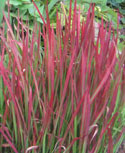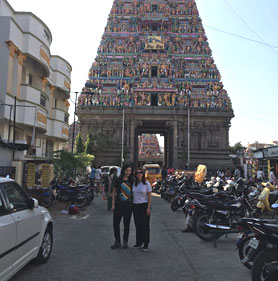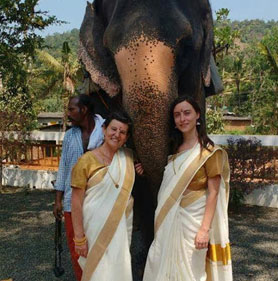Vegetation in India
List of Vegetation in Indian Subcontinent
Diverse Variety of Vegetation: Indias treasures of flora and fauna are fast dwindling, and if measures are not taken to check deforestation, it wont be long before barren stretches replace jungles.
Himalayan Vegetation: The Himalayan belt is a botanists delight. The thick tropical forests in the eastern region of India are in sharp contrast to the pine and coniferous woodlands of the western Himalayas. Natural cover varies with altitude; evergreen forests with mainly high alpine meadows nearer the snowline have more of temperate forests in the lower elevations.
The chir pine (Pinus roxburghii) grows throughout the northwest Himalayas, with the exception of Kashmir. Chilgoza (pine nut), oak, maple, ash (Fraxinus xanthoxyloides) grow abundantly in the Inner Himalayas.
The rain-soaked foothills are covered with deciduous trees, shrubs, fern and grass. The Brahmaputra Valley also wears patches of tea plantations and fluorescent-green rice fields, while mulberry trees on which tussar silk worms are bred, abound on the slopes.
| Most Popular Tours of India | No. of Days | Starting Price* |
|---|---|---|
| Kerala Ayurveda and Yoga Tour | 12 days | 1350 USD |
| Best of Rajasthan | 15 days | 895 USD |
| Best of North India | 13 days | 900 USD |
| Best of North India and Nepal | 15 days | 1050 USD |
| Taj Mahal Tour from Delhi | 6 days | 360 USD |
Rain Forest of Southern India: The most luxuriant rain forests, however, lie on the southwestern coast, in Kerala where the lagoons are canopied by coconut trees, leading to the longest uninterrupted stretch of rain forests in the country. The andaman Islands and Arunachal Pradesh are other regions with well preserved rain forests.
Dense sandal, teak and sisoo (Dalbergia sissoo) forests, where elephants roam wild and free, flourish on the wet Karnataka plateau. Nudging this is the dry Telengana plateau in Andhra Pradesh, which offers only thorny scrub and wild Indian date palm.
The Desert Region: The Thar Desert presents a very different picture. The trees are short and stout, stunted by the scorching sun. Apart from cacti, there are the reunjha (Acacia leucophloea), khejra (Prosopis spicigera), kanju (Holoptelia integrifolia) and ak (Calotropis gigantea).
Tropical moist deciduous forests that cover most of the heartland are interspersed with tropical dry deciduous trees. The species include sal (Shorea robusta), teak (Tectona grandis), semul (Bombax ceiba), laurel, rosewood, mahua (Madhuca indica), amla (Emblica officinalis), khair (Acacia catechu), common bamboo, to name just a few.
Teak Tree
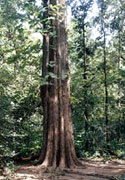
Duckweeds
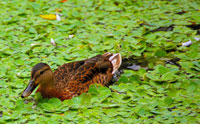
Lilies

Lotus

Acacia Catechu
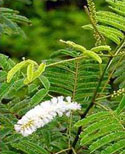
Bamboo

Anogeissus
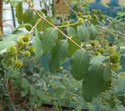
Boswellia
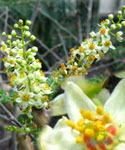
Amla
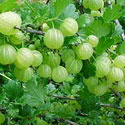
Amaltas

Haldu

Grass Land

Rain Forest

Hedge & Bushes

Herbs

Shrubs

Sal Tree

Babul Tree
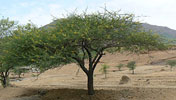
Prosopis
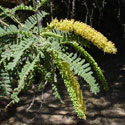
Casuarina
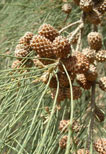
Chir Pine
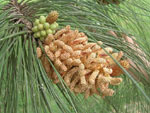
Khair
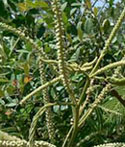
Sissoo
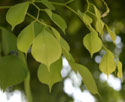
Simal

Elephant Grass
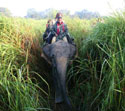
Imperata
